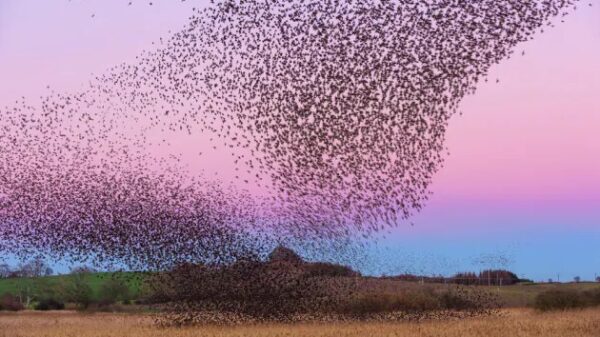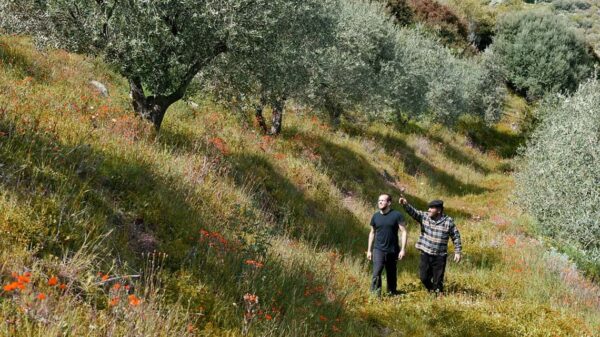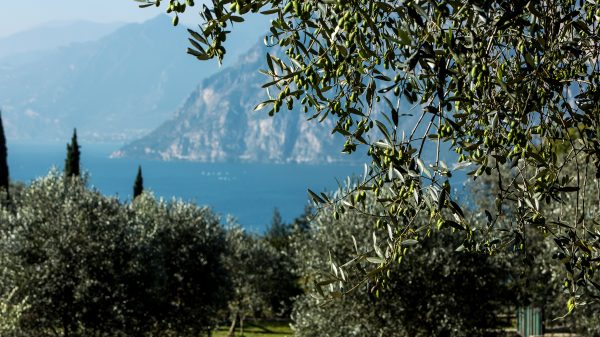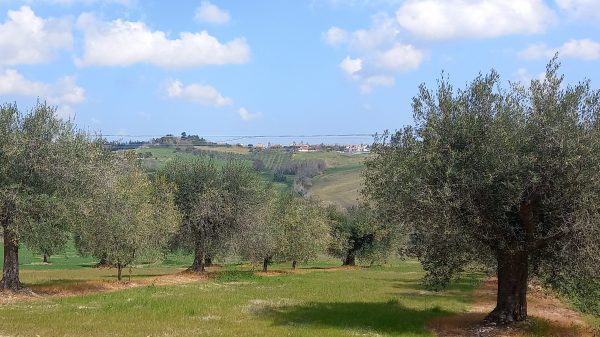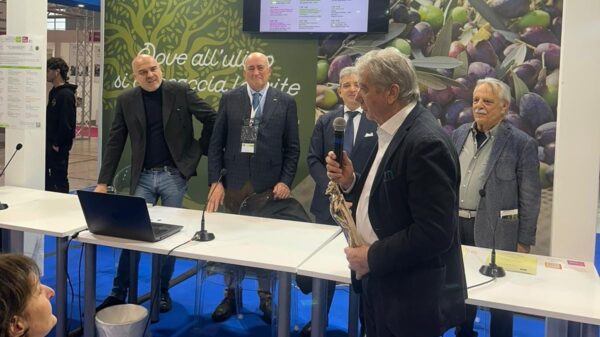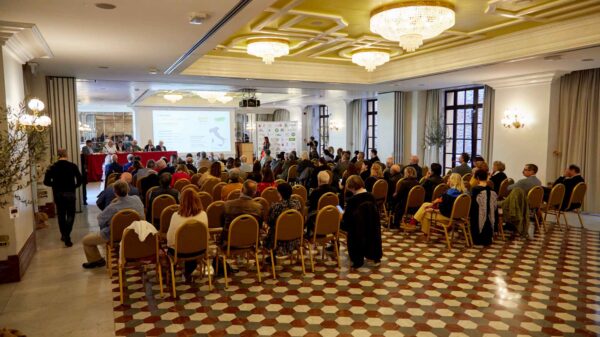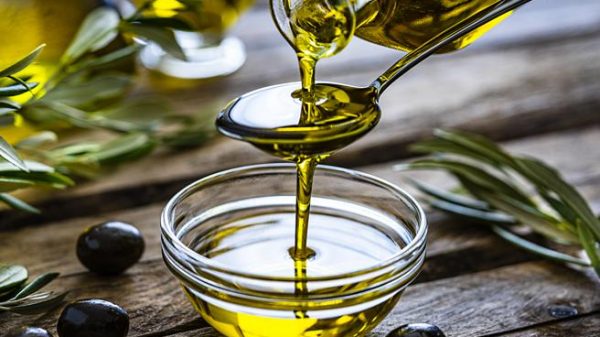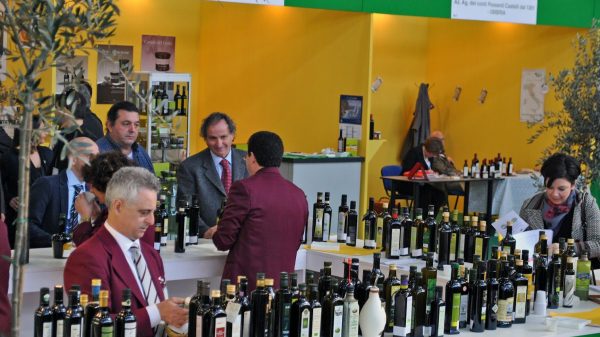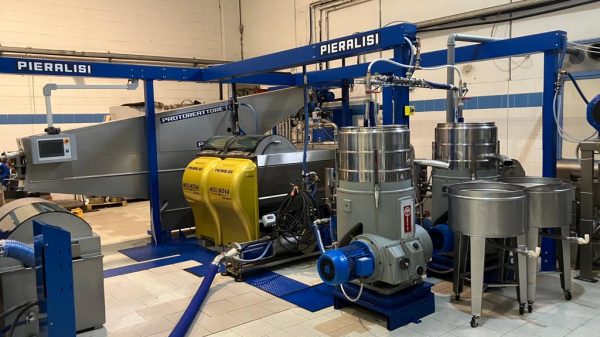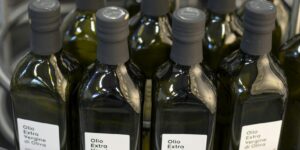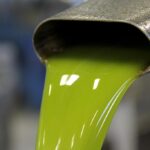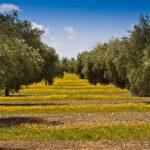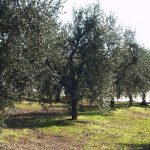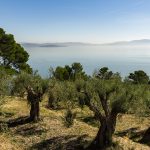As reported previously article, to support and improve the productivity of olive groves of particular landscape and historical value, the CAP has provided for theEcoscheme 3, which guarantees a payment of 220 euros per hectare, but it also imposes some obligations, including the ban on burning pruning residues. The only condition to avoid the ban on burning prunings is the presence of phytosanitary problems certified at regional level. In short, if there is the presence of bacteria among the pruned branches that risk also infecting the plants, then an exemption may be granted.
First exceptions in Sicily and Tuscany
And this is what is starting to be done in various Italian regions. After Toscana which had taken a measure last October, is now also moving Sicilia, through a decree of the Regional Phytosanitary Service which states: “In the presence of infestations or infections caused by bark beetles or olive scab, the beneficiaries of payments for the protection of olive trees of landscape value (eco-scheme 3) are allowed, by way of derogation, to burn the pruning residues on site or in the immediate vicinity, in compliance with current regulations for fire prevention, environmental protection, waste disposal and in compliance with integrated production regulations".
The executive decree specifies how olive growers can benefit from the exemption "must prove the presence of at least one of the harmful organisms referred to in the previous article, with a specific sworn technical report drawn up by a phytosanitary consultant".
The provision, consistent with national provisions which provide for the possibility of derogation for phytosanitary reasons, thus allows the sources of inoculum to be reduced, in compliance with current regulations for fire prevention. “Such infections and infestations – it is recalled – constitute a significant phytosanitary problem in the olive-growing plants of Sicily, as effective methods of control are not available, among other things, after the aforementioned harmful organisms have penetrated the plants and therefore it is essential to avoid the contagion through the removal and burning of infected and infested pruning residues on site”.
Browse for free L'OlivoNews click , here.
